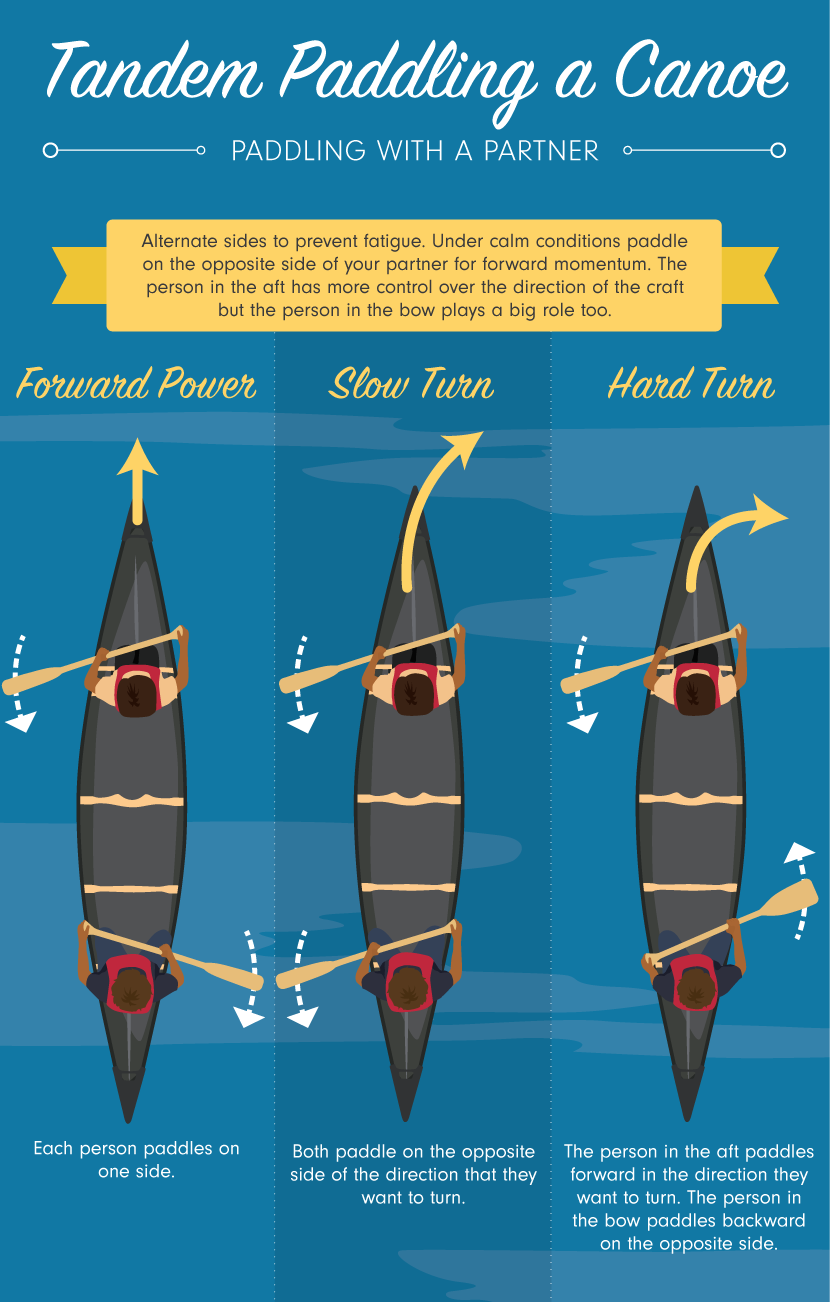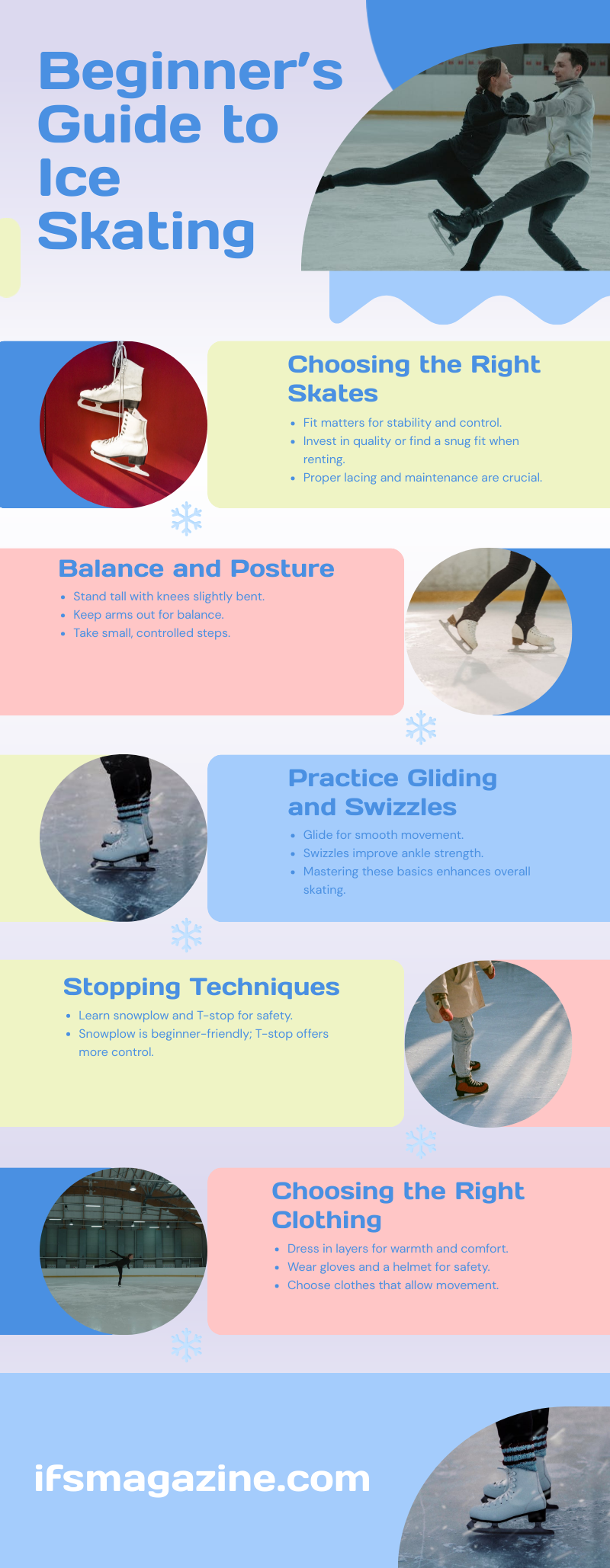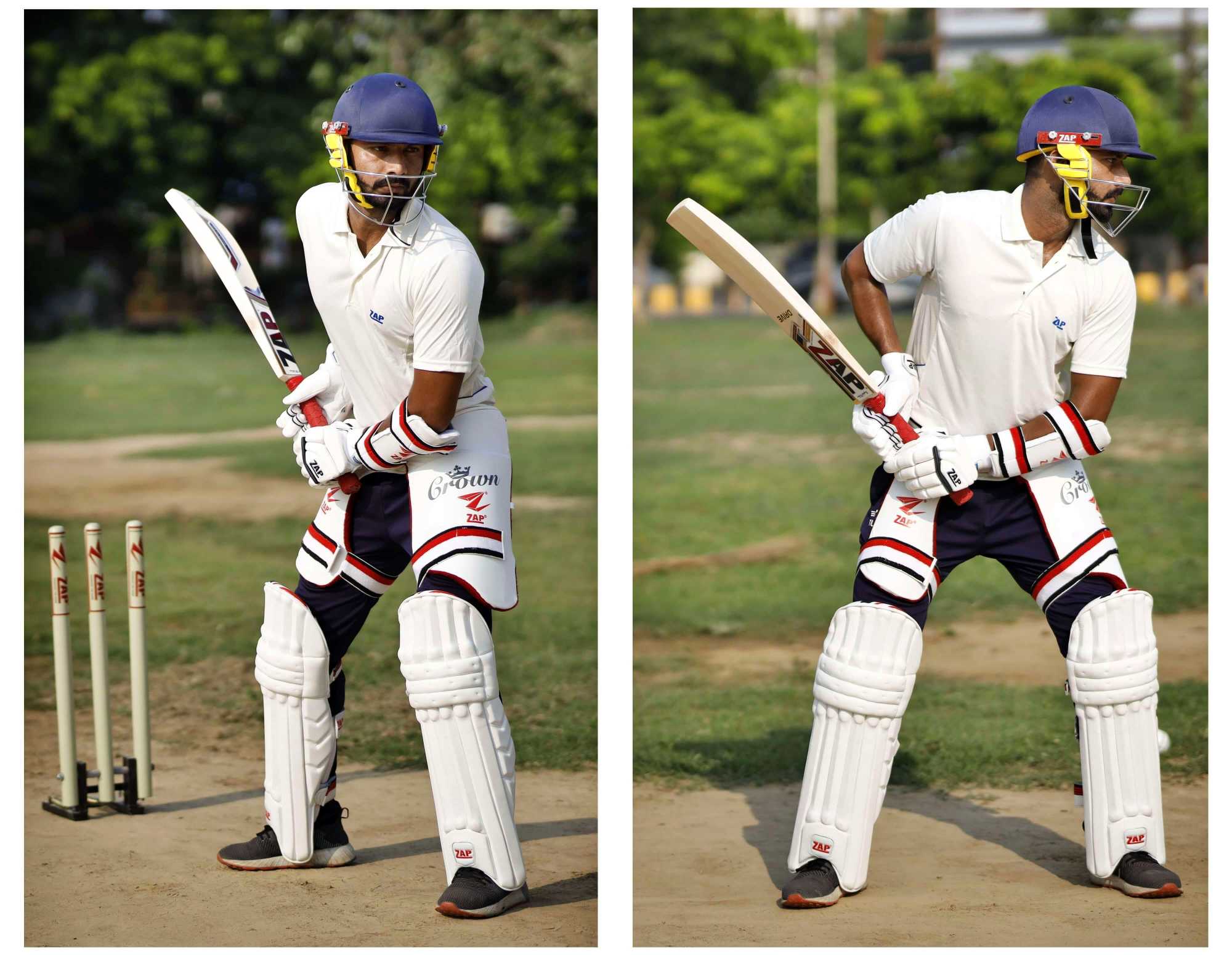
Canoeing Techniques for Beginners: A Comprehensive Guide
Canoeing, a graceful dance on water powered by paddle and skill, offers a unique blend of adventure and tranquility. Whether you’re gliding across a calm lake or navigating a gentle river, mastering the fundamental techniques is key to enjoying a safe and rewarding experience. This comprehensive guide provides beginners with a detailed understanding of canoeing techniques, covering everything from basic paddling strokes to essential safety considerations.
I. Understanding Your Canoe and Equipment:
Before venturing onto the water, familiarity with your equipment is paramount. Different canoes are designed for various purposes. Recreational canoes are generally wider and more stable, ideal for beginners. Touring canoes are longer and narrower, offering better speed and efficiency but demanding more skill. Understand your canoe’s capacity and stability limits.
Essential equipment includes:
- Paddle: Choose a paddle appropriately sized for your height and strength. Too short a paddle will strain your back, while too long will be cumbersome. Many rental places will help you choose the correct size.
- Personal Flotation Device (PFD): Always wear a properly fitted PFD. It’s your lifeline in case of capsizing.
- Whistle: A whistle is crucial for signaling for help in emergencies.
- Appropriate Clothing: Dress in layers suitable for the weather conditions. Avoid cotton, which retains water and can lead to hypothermia. Quick-drying materials are recommended.
- Sunscreen and Hat: Protect yourself from the sun’s harmful rays, especially on sunny days.
- Waterproof Bag: Keep your belongings dry and secure.
- Navigation Tools (Optional): For longer trips, a map, compass, and GPS can be invaluable.
II. Mastering Basic Paddling Strokes:
The foundation of canoeing lies in mastering fundamental paddling strokes. These strokes provide control, propulsion, and maneuvering capabilities.
-
Forward Stroke: This is the most common stroke, used for propulsion. Grip the paddle firmly, extending your arm fully. Submerge the paddle blade in the water and pull it towards your body, keeping your body upright and using your core muscles for power. Rotate your torso slightly to engage your larger muscle groups. As the blade exits the water, prepare for the next stroke. Maintain a steady rhythm and avoid jerky movements.
-
Backward Stroke: Used for braking and reversing, this stroke mirrors the forward stroke but in reverse. Push the paddle away from your body, keeping the blade submerged and applying consistent pressure. This stroke is crucial for precise maneuvering in tight spaces.
-
J-Stroke: This stroke is essential for turning and maintaining a straight course. It combines the forward stroke with a corrective sweep at the end. After the main forward stroke, at the end of the paddle stroke near the stern, twist your wrist to create a "J" shape with the paddle, sweeping the blade across the water’s surface. This helps prevent the canoe from drifting sideways.
-
Sweep Stroke: Used for turning the canoe, this stroke involves a wide, arcing movement of the paddle. Place the blade deeply in the water and sweep it outward across the surface, creating a wide arc to steer the canoe in the desired direction.
-
Draw Stroke: Used to pull the canoe sideways, the draw stroke is performed by reaching out to the side and pulling the paddle directly towards the canoe. This stroke is useful for maneuvering in confined areas.
III. Canoeing Techniques for Navigation and Control:
Effective navigation requires coordinated paddling and teamwork (if paddling with a partner).
-
Paddling in Tandem: In a two-person canoe, communication and coordinated paddling are crucial. Establish a clear understanding of who controls steering and who provides primary propulsion. Synchronized strokes ensure efficient movement and prevent unintended turns.
-
Turning the Canoe: Turning is achieved by combining different strokes. The J-stroke is ideal for subtle corrections, while the sweep stroke provides greater turning power. Use both strokes in coordination for smooth and precise maneuvering.
-
Maintaining a Straight Course: Maintain a straight course by using the forward stroke on both sides equally. Regularly check your direction and make subtle adjustments with the J-stroke to compensate for any drift.
-
Entering and Exiting the Canoe: Always approach the canoe from the side, never from the front or back. Step into the canoe carefully, maintaining balance. When exiting, reverse this process.
-
Carrying the Canoe: Carrying a canoe requires proper technique to avoid strain and injury. Most canoes have carrying yokes; use them. If not, use a firm grip on both sides, distributing the weight evenly.
IV. Safety Precautions and Emergency Procedures:
Safety should always be the top priority when canoeing.
-
Weather Conditions: Always check the weather forecast before heading out. Avoid canoeing in stormy weather or strong winds.
-
Water Conditions: Be aware of water currents, obstacles, and depth. Avoid venturing into areas you are unfamiliar with.
-
Buddy System: Never canoe alone. Canoe with a partner or group, especially when exploring unfamiliar waters.
-
Capsizing: If your canoe capsizes, remain calm. Use your PFD for buoyancy. If possible, attempt to right the canoe. If not, swim to shore or signal for help.
-
Hypothermia: Cold water can lead to hypothermia. Dress appropriately and be aware of the signs.
V. Developing Your Skills:
Improving your canoeing skills is a journey, not a destination. Practice regularly to refine your technique and build confidence.
-
Start in Calm Waters: Begin your canoeing journey in calm waters like lakes or slow-moving rivers. Gradually progress to more challenging environments as your skills improve.
-
Practice Makes Perfect: Regular practice is essential for mastering the strokes and techniques. Spend time refining your technique, focusing on smooth and efficient movements.
-
Join a Canoe Club: Consider joining a canoe club or taking a guided tour. Experienced paddlers can offer valuable advice and tips.
-
Embrace the Journey: Canoeing is a journey of learning and discovery. Enjoy the process of mastering new skills and exploring new waters.
Canoeing is a rewarding outdoor activity that provides a unique perspective on the natural world. By mastering the fundamental techniques and prioritizing safety, you can unlock the joy and adventure of this timeless pursuit. Remember that practice and patience are key to developing your skills and confidence on the water. Enjoy the journey!



